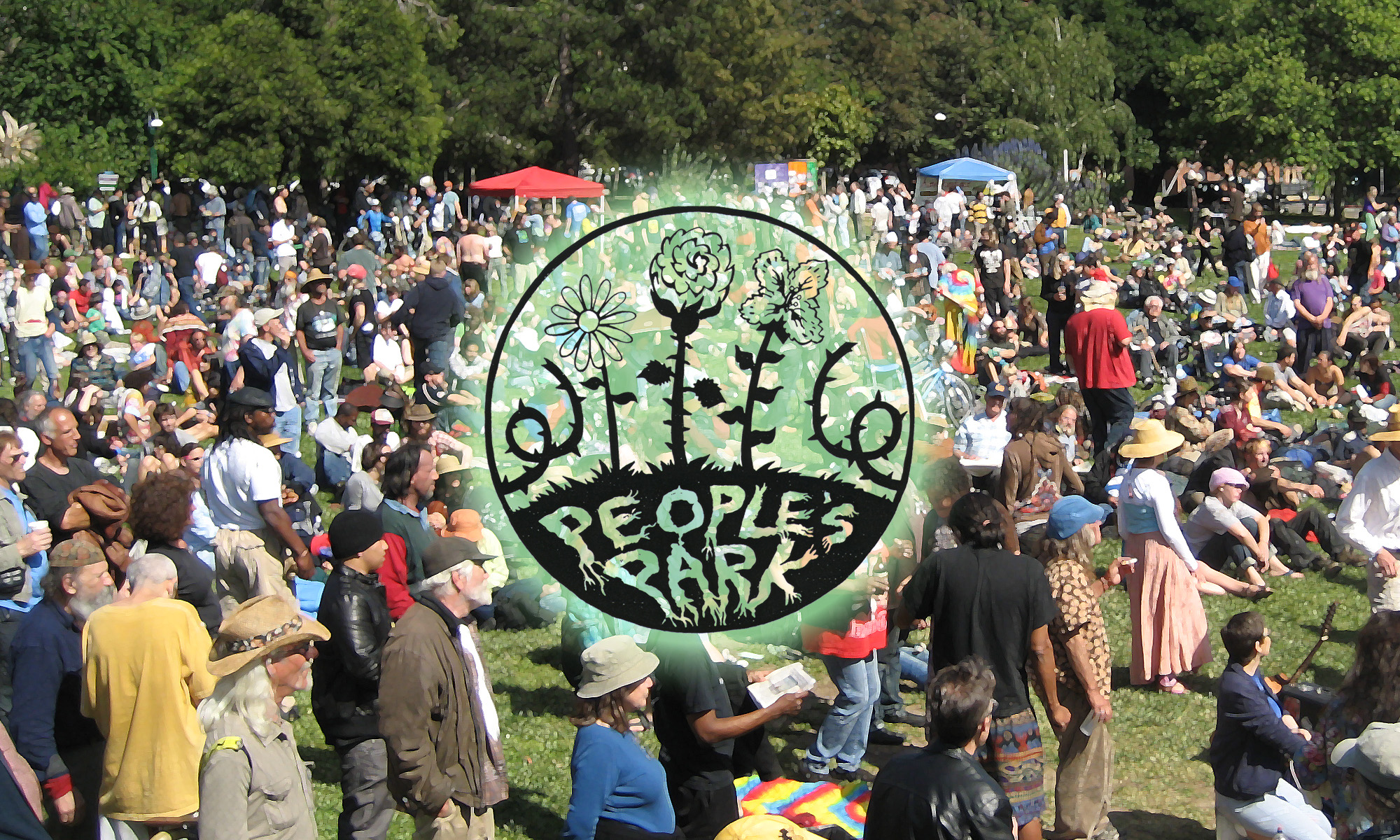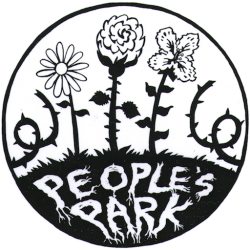Gardening can function as a way to reprogram the mind and activity patterns away from the patterns imposed by exploitative architecture, transportation, and urban design paradigms. Food production is the basis of our life, yet the city’s design dysfunction is the denial of that basis, replacing it with capitalist enterprising based on selling transportation gear and construction projects, a “boxing in” of the human mind and imagination.
Some people have “Long Range Development Plans”. Do these people have real estate business interests? Construction industry interests? Academia business interests? Student loan business interests? Other interests? Undisclosed interests?
Long Range Development Plan – Thoughts, context, and questions:
Who’s development plan? On whose behalf? Corrupted by what special interests, industries, competing corporations, dystopian paradigms? More pathological air and noise pollution from predatory auto industry prowlers and ‘status symbol’ cruising, and everyone else trapped in automobile dependent urban transport and architecture paradigms? More space wasted on parking? More real estate robots and construction industry interests replicating vanity architecture disguised as necessity and authority? More destruction of green space by academic profiteering and rent exploitation? Is there ever any new green space reclaimed from the insane delusions of urban ‘human’ robots? How can money be seen as power when it seems to only be used to perpetuate and create more dystopia? The externalized costs of fossil fuel usage (climate breakdown, pollution, direct and indirect health damages and cleanup costs not paid for by the industry) are gravely damaging our present and future. People have become puppets of the designs of industrialists, constantly moving their metal boxes from parking space to parking space. The dependency is now becoming a terminal global ‘disease’. When will this pathological behavior and design be shutdown for the collective crime that it is? Who inside and outside of any entity, be it a university, a government, a neighborhood, a business, a church, or any kind of organization or group, is perpetuating this pathological design and activity?
People’s Park is at a point in time and part of a huge collection of other physical elements in an urban transformation. How will all the elements transform, and why?
Background context:
Internal Combustion book – Edwin Black
http://internalcombustionbook.com
Concrete: the most destructive material on Earth
After water, concrete is the most widely used substance on the planet. But its benefits mask enormous dangers to the planet, to human health – and to culture itself
https://www.theguardian.com/cities/2019/feb/25/concrete-the-most-destructive-material-on-earth
Bonobo : Cirrus — This animation depicts the insane propagation of human industrialist construction and materialism across the landscape.
Books:
EcoCities: Rebuilding Cities in Balance with Nature book – Richard Register
Ecocity Builders
https://ecocitybuilders.org
How to Grow More Vegetables book – John Jeavons
Natural Capitalism book – Paul Hawkin, Amory Lovins, L. Hunter Lovins
People’s Park Still Blooming book – Terri Compost
Seed to Seed book – Suzanne Ashworth
Permaculture: A Designer’s Manual book – Bill Mollison
Natural Capitalism book excerpt:
2. Reinventing the Wheels: Hypercars and Neighborhoods – Natural Capitalism
http://www.natcap.org
The largest industry in the world, automotive transportation, is already well along the way to a Factor Four or greater breakthrough in resource productivity. It is also beginning to close its materials loops by adopting durable materials that can be continuously reused to make new cars, and to reduce dramatically its pressure on air, climate, and other key elements of natural capital by completely rethinking how to make a car move. This restructuring of so well established a segment of the economy is gaining its momentum not from regulatory mandates, taxes, or subsidies but rather from newly unleashed forces of advanced technology, customer demands, competition, and entrepreneurship.
Imagine a conversation taking place at the end of the nineteenth century. A group of powerful and farseeing businessmen announce that they want to create a giant new industry in the United States, one that will employ millions of people, sell a copy of its product every two seconds, and provide undreamed-of levels of personal mobility for those who use its products. However, this innovation will also have other consequences so that at the end of one hundred years, it will have done or be doing the following:
• paved an area equal to all the arable land in the states of Ohio, Indiana, and Pennsylvania, requiring maintenance costing more than $200 million per day;
• reshaped American communities and lives so as to restrict the mobility of most citizens who do not choose or are not able to own and operate the new product;
• maimed or injured 250 million people, and killed more Americans than have died in all wars in the country’s history;
• be combusting 8 million barrels of oil every day (450 gallons per person annually);
• made the United States increasingly dependent on foreign oil at a cost of $60 billion a year;
• relied for an increasing percentage of that oil on an unstable and largely hostile region armed partly by American oil payments, requiring the United States to make large military expenditures there and maintain continual war-readiness;
• be killing a million wild animals per week, from deer and elk to birds, frogs, and opossums, plus tens of thousands of domestic pets;
• be creating a din of noise and a cloud of pollution in all metropolitan areas, affecting sleep, concentration, and intelligence, making the air in some cities so unbreathable that children and the elderly cannot venture outside on certain days;
• caused spectacular increases in asthma, emphysema, heart disease, and bronchial infections;
• be emitting one-fourth of U.S. greenhouse gases so as to threaten global climatic stability and agriculture;
• and be creating 7 billion pounds of unrecycled scrap and waste every year.
Now imagine they succeeded.
This is the automobile industry—a sector of commerce so massive that in 1998, five of the seven largest U.S. industrial firms produced either cars or their fuel. If this industry can fundamentally change, every industry can. And change it will. This chapter describes how the world’s dominant business is transforming itself to become profoundly less harmful to the biosphere.
That transformation reflects, today partially and soon fully, the latest in a long string of automotive innovations. In 1991, a Rocky Mountain Institute design called the Hypercar synthesized many of the emerging automobile technologies. To maximize competition and adoption, the design was put in the public domain (making it unpatentable), hoping this would trigger the biggest shift in the world’s industrial structure since microchips. As revolutions go, it started quietly, with simple observations and heretical ideas.
The automobile industry of the late twentieth century is arguably the highest expression of the Iron Age. Complicated assemblages of some fifteen thousand parts, reliable across a vast range of conditions, and greatly improved in safety and cleanliness, cars now cost less per pound than a McDonald’s Quarter Pounder. Yet the industry that makes them is overmature, and its central design concept is about to be overtaken. Its look-alike products fight for small niches in saturated core markets; they’re now bought on price via the Internet like file cabinets, and most dealers sell new cars at a loss. Until the mid-1990s, the industry had become essentially moribund in introducing innovation. As author James Womack has remarked, “You know you are in a stagnant industry when the big product innovation of the past decade is more cup holders.” Virtually all its gains in efficiency, cleanliness, and safety have been incremental and responded to regulations sought by social activists. Its design process has made cars ever heavier, more complex, and usually costlier. These are all unmistakable signs that automaking had become ripe for change. By the 1990s, revolutions in electronics, software, materials, manufacturing, computing, and other techniques had made it possible to design an automobile that would leapfrog far beyond ordinary cars’ limitations.
The contemporary automobile, after a century of engineering, is embarrassingly inefficient: Of the energy in the fuel it consumes, at least 80 percent is lost, mainly in the engine’s heat and exhaust, so that at most only 20 percent is actually used to turn the wheels. Of the resulting force, 95 percent moves the car, while only 5 percent moves the driver, in proportion to their respective weights. Five percent of 20 per-cent is one percent—not a gratifying result from American cars that burn their own weight in gasoline every year.
peoplespark.org has a huge photo collection in various categories, gardens, music, art, style, history, and numerous event announcements and articles about the park and contemporary issues.
—
20th Annual Bay Area Seed Swap
Friday, March 15, 2019, 7:00 pm — 9:00 pm
Ecology Center, 2530 San Pablo Avenue, Berkeley, CA 94702
https://ecologycenter.org/events/20th-annual-bay-area-seed-swap/
Join us for the 20th Anniversary of the Annual Seed Exchange hosted by the Bay Area Seed Interchange Library (BASIL). In its 20th year, this swap features speakers, a potluck dinner, and hundreds of seeds to share. Seeds from all around the Bay Area will be available to swap– take home a whole new garden! Come experience one of our most popular, fun, and knowledge- filled events! All are welcome.
Bring seeds and a potluck dish and get in free! Or a suggested donation of $5-$20. No one turned away for lack of funds.
Interested in volunteering at the swap, or helping us sort seeds on March 16? We would love to have your help! Email minna@ecologycenter.org.
Co-sponsored by Indigenous Permaculture Project, Richmond Grows, Sustainable Economies Law Center, and Transition Berkeley.
—
People’s Park gardens photo collection – Greg Jalbert — To be added to peoplespark.org site.

